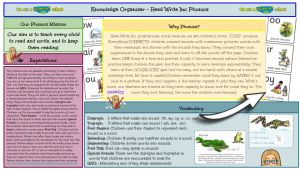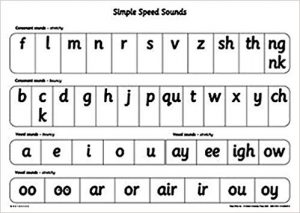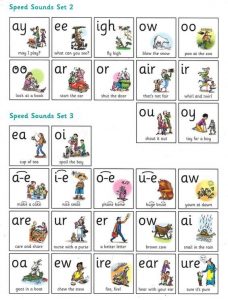Reading and Phonics
Read Write Inc. Phonics (RWI) teaches children to read accurately and fluently with good comprehension. At Heath Hayes Academy, children in Reception and Year 1 are taught daily using RWI. There are also additional groups from Year 2 -Year 6 who receive this approach to the teaching of reading. Children are grouped based upon what they already know and what they need to learn next in order to become a fluent reader.
Children learn the English alphabet code: first they learn one way to read the 40+ sounds and blend these sounds into words, then learn to read the same sounds with alternative graphemes.
They experience success from the very beginning. Lively phonics books are closely matched to their increasing knowledge of phonics and ‘tricky’ words and, as children re-read the stories, their fluency increases. Children also bring a ‘bookbag’ book home every three to five days dependent on their current phonic stage.
Along with a thought-provoking introduction, prompts for thinking out loud and discussion, children are helped to read with a storyteller’s voice.

See links for parental help understanding and using RWI.
https://www.ruthmiskin.com/en/programmes/phonics/
Red Words
These are common words that cannot be sounded out in ‘Fred Talk’ (Fred is a frog used in RWI – he can only speak in sounds!) Ask your child to tell you all about Fred.
If you’re the parent of a beginning reader, chances are you’re hearing a lot about phonics. Here’s what you need to know about how your child will learn phonics and how you can teach phonics at home:
What exactly is phonics?
Phonics is knowing that sounds and letters have a relationship — it’s that simple, and that complex. It is the link between what we say and what we can read and write. Phonics offers your beginning reader the strategies needed to sound out words.
Why is it important?
The ultimate goal of reading is good comprehension. But in order for your child to understand what he/she reads, he/she must be able to do it quickly and automatically, without stumbling over words. Phonics facilitates that process.
How does your child’s school teach phonics?
Systematically and sequentially. Teachers give children plenty of practice before moving on. Your child will read short, easy books, containing the particular letter sounds or words she’s working on.
To teach at home, reinforce school work with easy activities:
- Team up with the teacher. Ask how you can highlight phonics and reading. If you have concerns, share them.
- Listen to your child read daily. If your child stumbles on a word, encourage him/her to sound it out. But if he/she still can’t get it, provide the word so he/she doesn’t get discouraged.
- Boost comprehension. Ask questions like, “What do you think will happen next?” or “What did he mean by that?”
- Revisit familiar books. It’s okay if your child wants to read favourites from earlier years.
- Read aloud. Choose books on topics that excite your child, and read with gusto, using different voices for the characters.
- Spread the joy. Show your child how much you value reading by having plenty of books and magazines around the house. And visit the library and bookstores often. You’ll teach phonics as well as cultivate a lifelong love of reading in your child.

You can download the Phonics knowledge organiser here.
Here are some useful websites to support your child’s learning.
https://www.phonicsplay.co.uk/HelpingMyChild.htm
https://www.teachyourmonstertoread.com/
https://www.bbc.co.uk/cbeebies/grownups/the-alphablocks-guide-to-phonics

